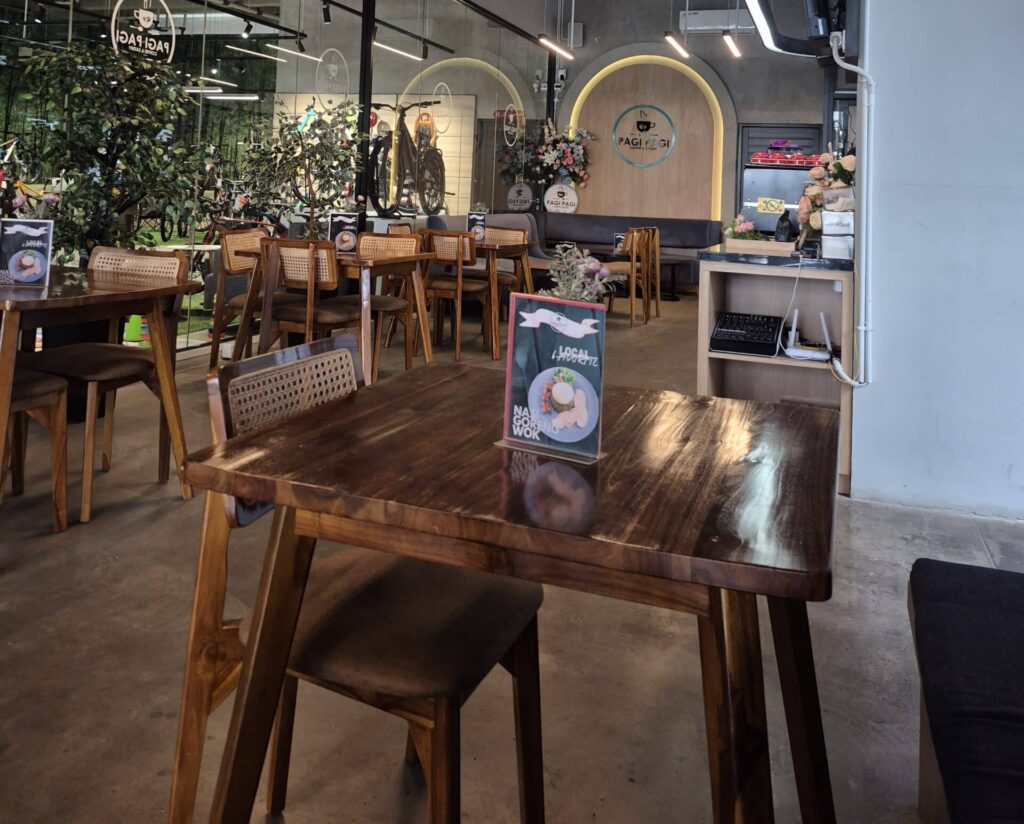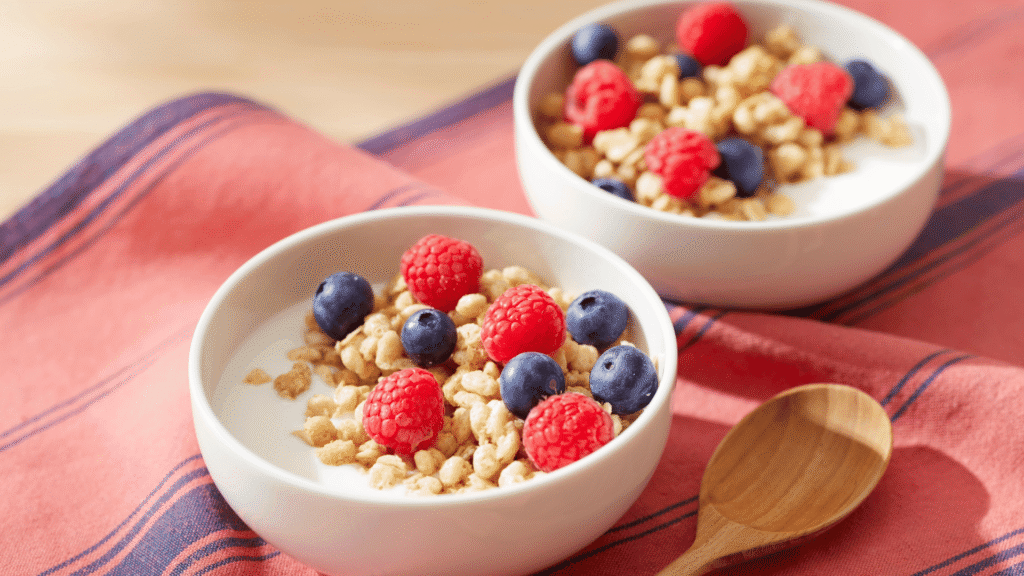Have you ever cooked something and suddenly the whole house smelled amazing? That is the magic of natural aromatics in cooking. These herbs and spices are not only flavor boosters but also scent makers that turn ordinary dishes into irresistible ones.
Why Does Aroma Matter in Cooking?
Before we even taste food, our nose takes the first bite. The aroma sets the mood and awakens our appetite. Think about a warm soup with the fragrance of celery leaves, fried rice with the smoky smell of garlic, or curry with a rich blend of spices filling the air. The smell alone can make you hungry.
Popular Natural Aromatics You Need in Your Kitchen
Here are some of the most beloved natural food aromatics that chefs and home cooks swear by:
1. Kaffir Lime Leaves
- Kaffir lime leaves bring a unique citrusy depth that transcends borders, making them essential for both traditional and modern cooking. They are staples in Indonesian favorites like pepes and soto, but also shine in international cuisines adding zest to Thai green curry, balance to Vietnamese pho, and freshness to Western grilled chicken or roasted vegetables. Their uplifting aroma makes them perfect for anyone wanting to explore authentic Asian flavors or add a gourmet twist to everyday dishes.
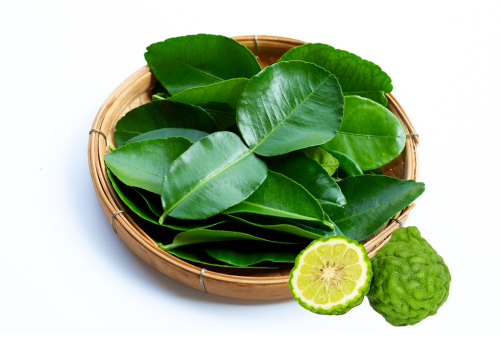
2. Lemongrass
Fresh and aromatic, lemongrass adds a lemony fragrance with a hint of ginger that instantly uplifts any recipe. It’s commonly found in Indonesian soups, Thai curries, and Vietnamese broths, but it also shines in global cuisines from Mediterranean grilled meats to refreshing herbal teas and infused oils. Versatile and invigorating, lemongrass brings a unique balance of freshness and warmth to both traditional and modern dishes.
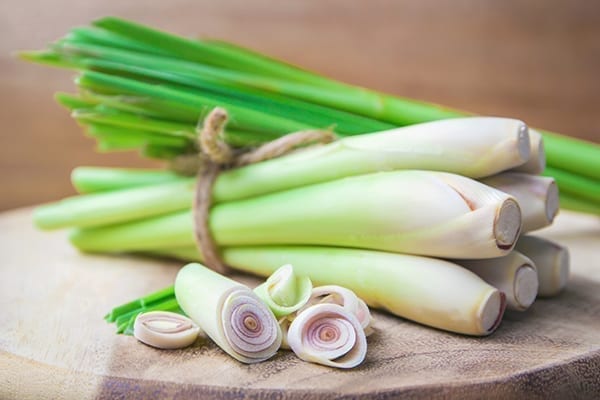
3. Thai Basil (Kemangi)
Basil, or kemangi in Indonesian cooking, is known for its fresh, slightly sweet, and peppery aroma that instantly brightens up any dish. In Indonesia, kemangi is often served raw as a side for sambal, incorporated into woku and pepes, or used to balance rich curries. Internationally, basil is a star in Italian pasta, Thai stir-fries, and even refreshing summer salads, making it a truly global herb that bridges Southeast Asian and Western kitchens.

4. Pandan Leaves
Pandan leaves, often called the “vanilla of the East,” are prized for their sweet, floral, and grassy aroma that enhances both sweet and savory dishes. In Indonesia, they are used to perfume rice, curries, and desserts like kue lapis or kolak, while across Asia you’ll find pandan in Thai pandan chicken, Malaysian kaya, and Filipino rice cakes. Globally, chefs experiment with pandan in cakes, ice creams, and cocktails, making it a unique ingredient that bridges tradition and innovation.
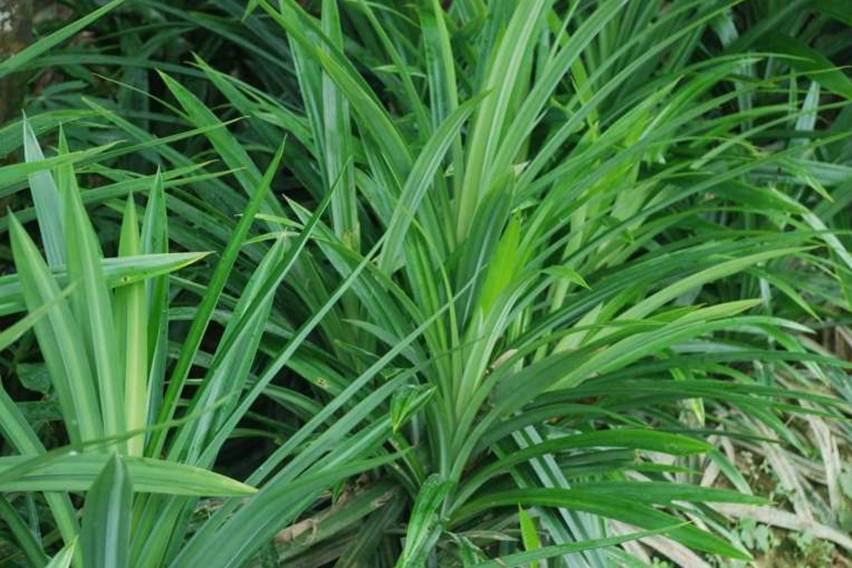
5. Garlic and Shallots
Bold and aromatic, garlic and shallots are indispensable ingredients that serve as the heart of both Asian and Western cooking. Indonesians sauté them to create bumbu dasar merah and putih, the spice blends that flavor dishes like nasi goreng, sayur lodeh, and gulai. Around the world, garlic adds punch to Spanish aioli, Indian curries, and Middle Eastern kebabs, while shallots bring a delicate sweetness to French sauces, Thai salads, and Vietnamese noodle soups. This pair proves that the simplest ingredients often hold the greatest power in the kitchen.
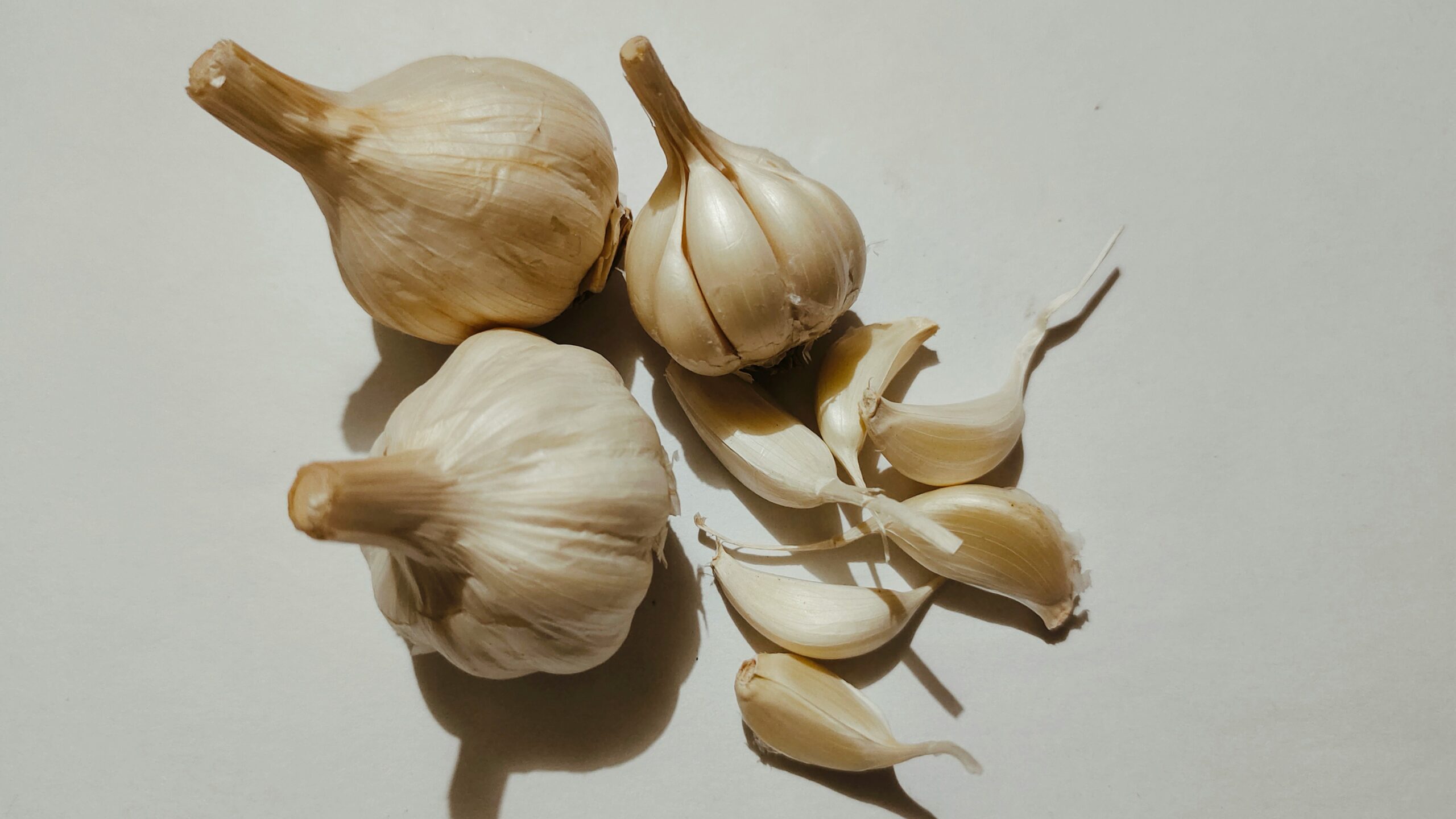
Photo by Surya Prakash on Unsplash
6. Cinnamon, Cloves, and Cardamom
Known as the “warm spices,” cinnamon, cloves, and cardamom have been treasured for centuries for their fragrant, sweet, and slightly spicy profiles. In Indonesian kitchens, they’re found in dishes like nasi kebuli, soto betawi, and celebratory curries, while globally they season everything from European mulled wine and Indian biryani to Middle Eastern coffee and Turkish sweets. Their versatility makes them a staple in both traditional recipes and modern fusion cuisine, adding comfort, richness, and an exotic touch to every dish.
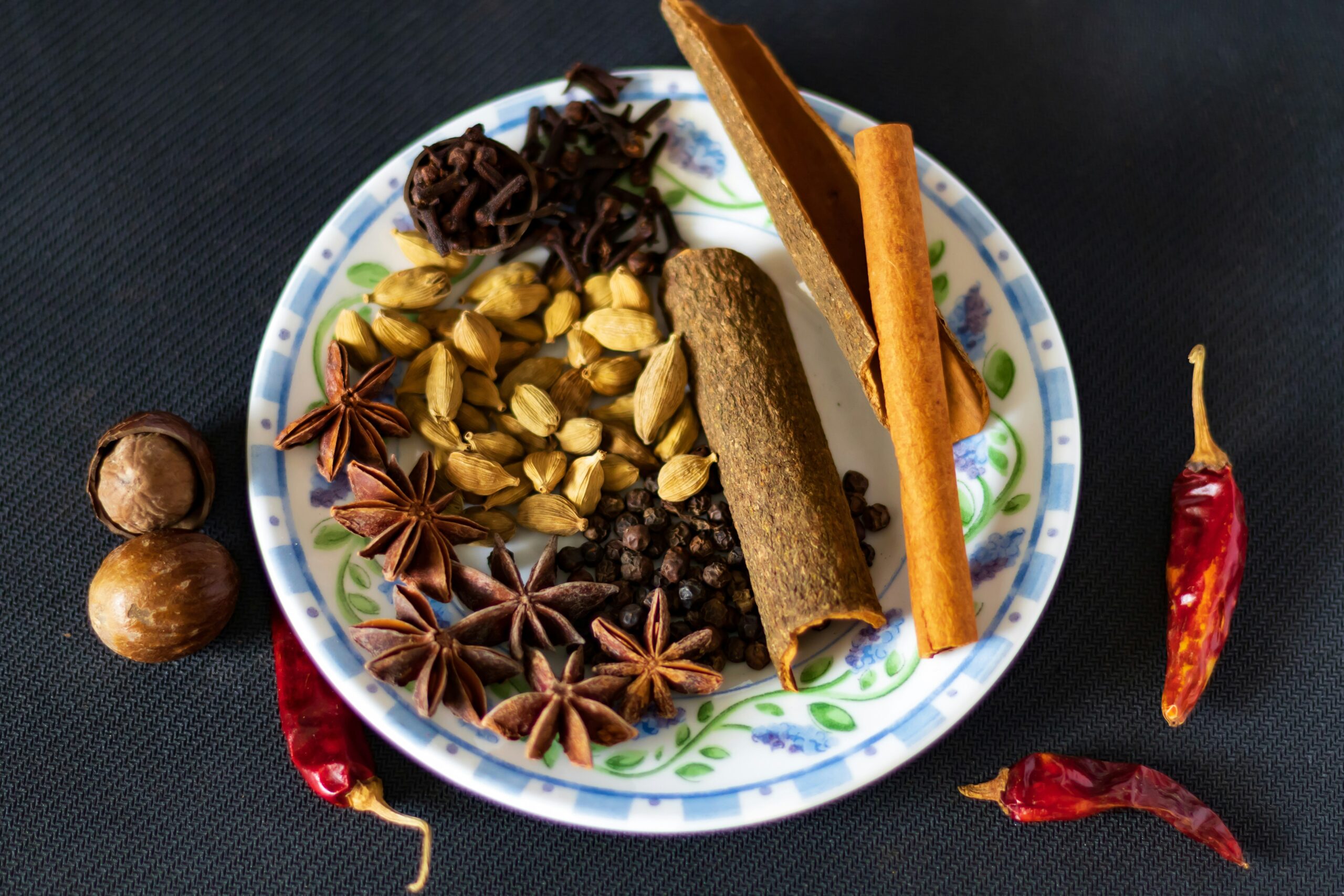
Photo by VD Photography on Unsplash
How to Maximize Their Aroma
1. Go fresh when possible. Fresh basil or pandan leaves are far more fragrant than dried ones.
2. Wake them up with heat. Garlic, lemongrass, and lime leaves release their aroma best when sautéed.
3. Balance is key. Strong spices like cinnamon or cardamom should be used lightly so they do not overpower the dish.
Everything looked fresh, homemade, and super comforting. It’s the kind of food that warms your soul a little.
Final Thoughts: Cooking With Natural Aromatics
Cooking is not just about taste, it is also about scent. Natural food aromatics turn simple ingredients into dishes that feel alive and unforgettable. Next time you cook, play around with these herbs and spices. A fragrant dish will always have a way of inviting people to the table.


